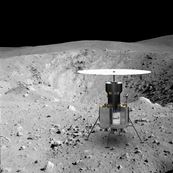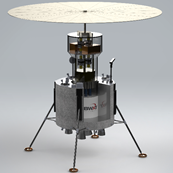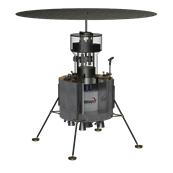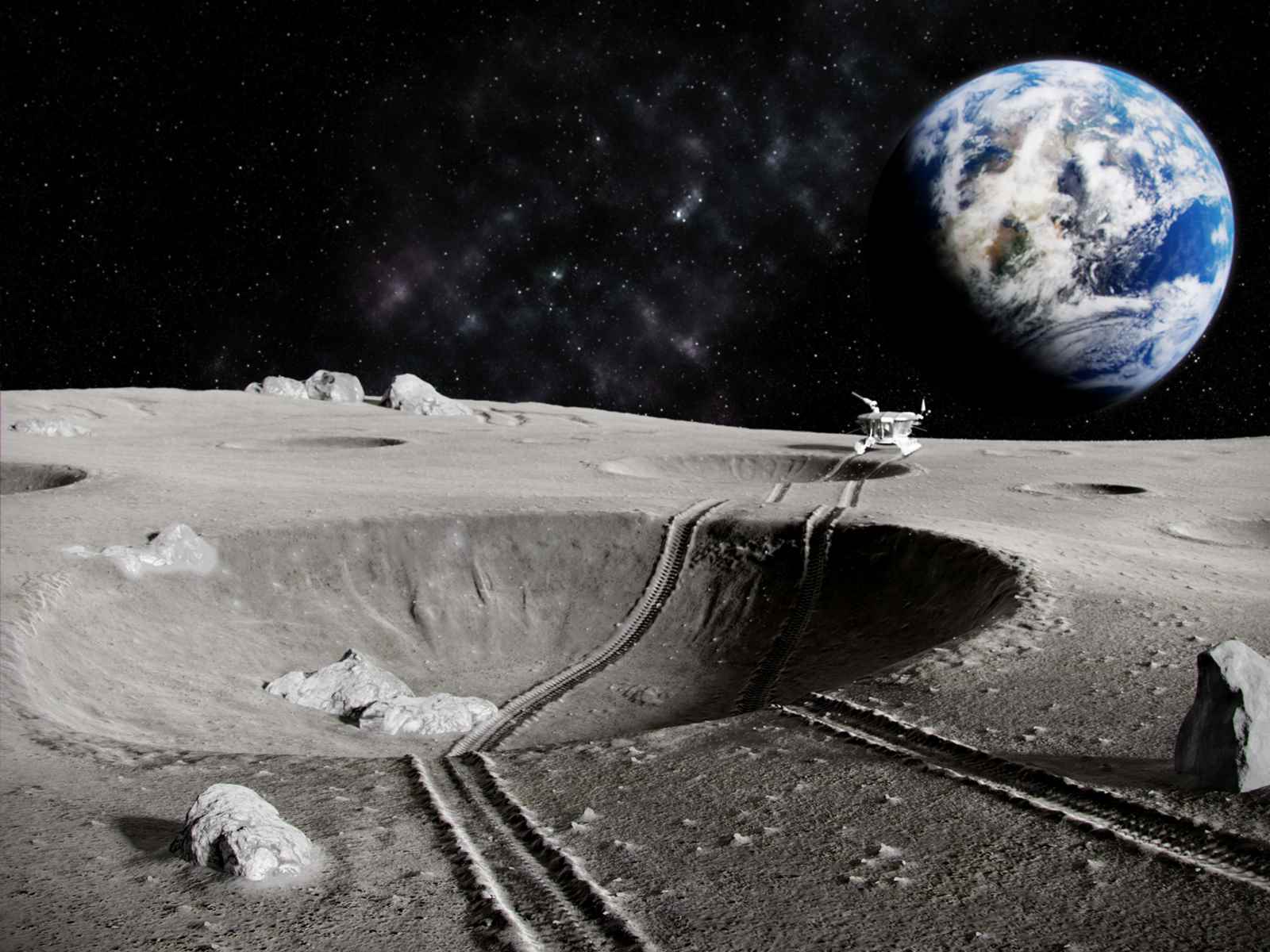Fission Surface Power (FSP)
Solar power applications have made great advances in the past decade, but surface applications are limited by the availability of sunlight. The lunar south pole has low sun angles, and other latitudes of the Moon have long dark periods. The surface of Mars has lower sun intensity than Earth’s surface, and wind-blown dust can degrade solar array performance by as much as 70%. Power is needed during long-term habitation to produce oxygen and water for life support and/or the production of liquid hydrogen-oxygen propellant. These activities are integral to developing a robust, sustainable, cislunar economy and to Martian exploration. Key needs drive FSP system designs to be extensible to higher power levels through upgrades and modularity, with considerations for a wider range of lunar and Martian environments also being necessary. The FSP systems provide this necessary higher level of power.
Three fundamental areas where significant electrical power are needed - and for which traditional solar panels, batteries and radioisotope generators are insufficient - are:
- Habitation systems
- Crewed and telerobotic surface exploration and construction
- In-situ resource production
BWXT Advanced Technologies LLC (BWXT AT) is working on several possible architectures that could meet the performance objectives for lunar and Martian applications.




